Thatch build-up on your lawn is not something major. It occurs naturally as grass and other organic matter composts and gets absorbed by the soil. What’s more, thatch is often considered healthy for the lawn.
However, the problem begins once it gets too thick; dethatching is a must if you want to maintain your lawn vigor and vibrancy. But, how and when should you dethatch your lawn? Well, we’ll tell you how and when! Let’s get started!
What is Thatch?
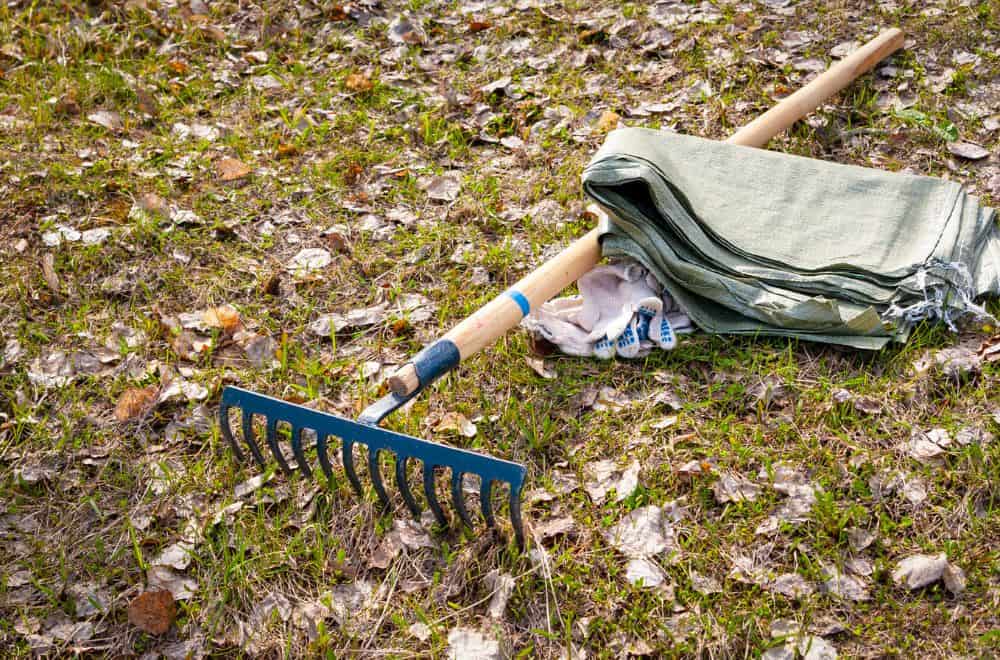
If you are a lawn owner, you might have noticed organic layers of dead grass clippings, mulches, grass stems, and rhizomes that might not have broken or decomposed completely, forming the base of grasses; these organic layers are known as thatch.
Some of the debris, like grass clipping and mulches, breaks down quickly, whereas other debris may take longer to decompose. These kinds of debris accumulate to form a thick layer of thatch.
It would be best for your lawn if you always keep the thatch maintained to an appropriate thickness. The thatch thickness of around ½ inch is considered to be beneficial for your lawn. This thin layer allows the air, water, and nutrients to reach the roots easily.
Moreover, it also acts as an organic mulch and prevents soil moisture and soil temperature variation. However, the major problem arises when the thatch’s thickness grows more than 1 inch, thus, inviting various lawn problems.
When Should You Dethatch Your Lawn?
If the thickness of the thatch becomes more than 1 inch, it can cause various problems in your lawn.
The thick layer interferes with the intake of water, air, and essential nutrients, preventing the proper growth of the grass. Similarly, a thick layer of the thatch can be a home for various pests and lawn diseases.
So, if your lawn is prone to thatch, you must be careful enough to regularly dethatch in order to maintain a healthy lawn.
There may be various reasons behind thatch build-up, like compact and low pH soil and overuse of fertilizers and insecticides. You should consider these factors before dethatching and take all the necessary preventive action for the future as well.
Various Ways to Dethatch your Lawn
The methods you choose to dethatch your lawn should be based on the thickness of the thatch present on your lawn. If it exceeds 2-inches, it would be best to call a professional seeking help to maintain your lawn.
One more thing you need to understand is that sometimes it may take more than one dethatching session if the thatch on your lawn is too thick. Also, always remember to mow your lawn down before detaching the thatch.
However, if the thatch is not that thick and you believe that you can maintain your lawn all by yourself, there are different lawn maintenance tools and options which you can explore from.
1. Manual Dethatching
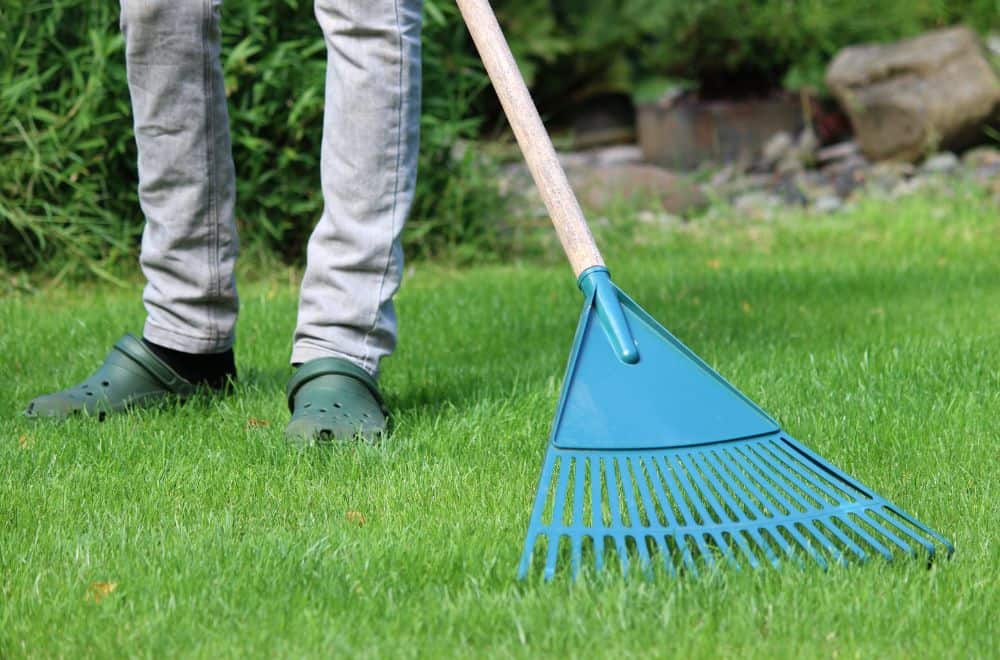
For this, all you need is a dethatching rake. These kinds of rake are short-tined and heavy. They are designed in such a way that it consists of curved blades that dig up your lawn and pull up the thatch as you start raking your lawn.
However, they are generally effective only if your lawn contains a light thatch and often used for general maintenance of the thatch. Manual dethatching is best suited for a small lawn, and if you have a large lawn, you must seek a better alternative than manual thatching.
2. Power rakes
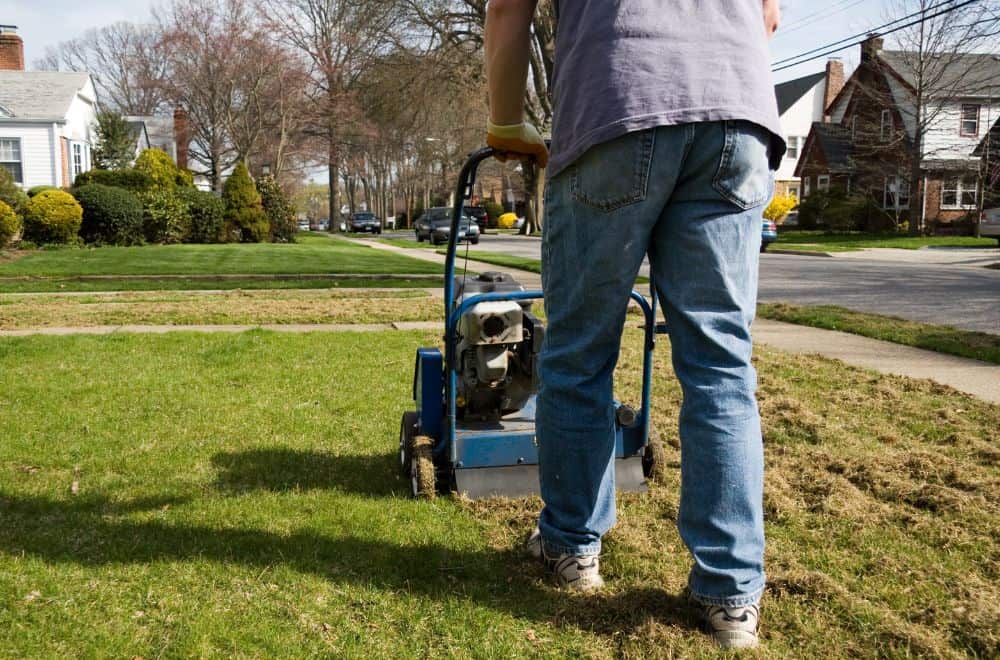
Another option for dethatching your lawns is the use of power rakes. These machines’ working mechanism is more similar to the lawnmower.
They consist of rotating rake-like tines which dig up to the thatch at the soil level and pluck them out of the ground. You must be careful while using these machines as they can easily destroy the grass on your lawn.
You should use such machines only on that type of grass which can withstand this level of raking. Power rakes are also used on that type of lawn which consists of a lighter thatch as it is not that effective if the thatch is dense.
3. Vertical mowers
The above two ways we discussed are only useful if your lawn consists of a light thatch, but vertical mowers are useful even if your lawn consists of the thick thatch. The vertical mowers are also called verticutters.
They generally consist of vertical blades that do all the work for you. The blades slice the thatch layer into the soil and pull the thatch onto the surface.
The one disadvantage of using these vertical mowers is they often pull the grass along with the roots. And the advantage of using it is you can also adjust the blades to remove as much layer of thatch as you want.
You can use any of the three options depending upon your necessity. You can find the manual thatching rakes at your garden store. On the other hand, power rakes and vertical mowers are found in equipment rental stores during dethatching seasons.
Does Dethatching Damage the Lawn?
If done during fall or when the grass is actively growing, dethatching can be incredibly beneficial for your lawn. On the other hand, dethatching in spring can be highly damaging to your lawn.
Dethatching rips your turfgrass, which is often still dormant. It might not be able to withstand the aggressive tears, thus, failing to recover from winter injury and ice damage.
Another main reason why you shouldn’t dethatch during spring is that it might bring up weed seeds, including crabgrass, which will eventually end up infesting your lawn, thus, elevating your lawn problems.
Though done with good intentions, sometimes homeowners end up dethatching and damaging their lawn unnecessarily. Sometimes, your lawn simply benefits from mild raking or lawn sweeping to remove the surface debris.
So, only dethatch your lawn when you absolutely have to if you don’t want to damage your lawn or invite over some annoying lawn weeds.
And most importantly, do it during fall, when your turfgrass is not weak and vulnerable, and when you won’t have to worry about crabgrass seeds or some other types of noxious weed seeds germinating on your lawn.
Lawn Dethatching After-care
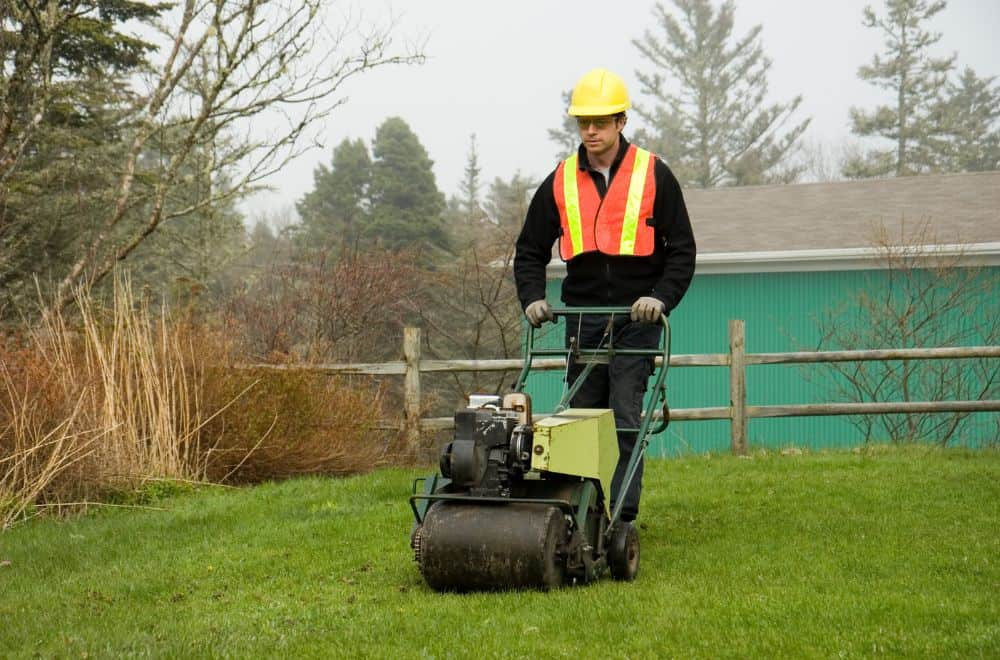
Once you dethatch your lawn, the aftercare is more important than you realize and, thus, must be given equal attention. You continuously need to fertilize and water your lawn after dethatching to maintain the proper health and vigor of your lawn.
Here in this section, let’s discuss some ways how you can take care of your recently-dethatched lawn such that your lawn retains its health and vibrancy as quickly as possible.
1. Break up the soil plugs
Aerating your lawn before dethatching is often believed to be the best practice. Once you aerate and dethatch your lawn, the plugs from the aeration process must be spread such that they’ll get reabsorbed into the soil quickly.
2. Water your lawn
Your lawn has just gone through a rough procedure. So, it’s obvious that it needs some care and moisture afterward. Soak your lawn once you finish dethatching, especially if you plan on seeding your lawn immediately.
3. Fertilize the lawn
Now, you must fertilize your lawn. Choosing a phosphate-based fertilizer will be ideal as they promote a deep root system on your new grass seeds. Moreover, they also help your lawn grass to efficiently use and store energy.
However, remember not to overuse phosphate-based fertilizers, as excess phosphorus can cause leaf chlorosis and can even be harmful to beneficial soil microbes.
4. Seed your lawn
Once you’ve prepared your lawn enough, it’s time to seed it! It’ll help you recover from thin patches and damaged areas in your lawn, thus making it luscious and vibrant once again.
Scatter the grass seeds on your lawn evenly and as per the instructions provided on the label. And, make sure you choose quality seeds as all your lawn maintenance effort will go in vain if you aren’t using good quality seeds in the first place.
5. Mulch your lawn
Yes, you’ve recently dethatched your lawn. But you can’t deny that thatch on your lawn unless it becomes excessively thick is actually beneficial in retaining moisture and providing nutrients.
Thus, always remember to add a thin layer of mulch on your newly seeded lawn such that the grass seeds germinate healthy and fast.
6. Water your lawn, again!
After mulching, water your lawn once again. And then, keep watering routinely. Remember that germinating seeds need more moisture comparatively. So, manage your watering schedule accordingly.
7. Give your lawn a rest!
Recently dethatched and newly seeded lawn is weak and in the germination phase. So, it’s better not to disturb it for at least 2 to 3 weeks. Refrain from walking on your lawn until the grass seeds germinate.
Summary
With this in-detail lawn dethatching guide, we hope to have cleared all your queries regarding lawn dethatching. How and when should you dethatch your lawn, and what are the aftercare measures? You know it all, don’t you?
However, remember that detaching if done unnecessarily and at the wrong time can damage your lawn. So, always be cautious!
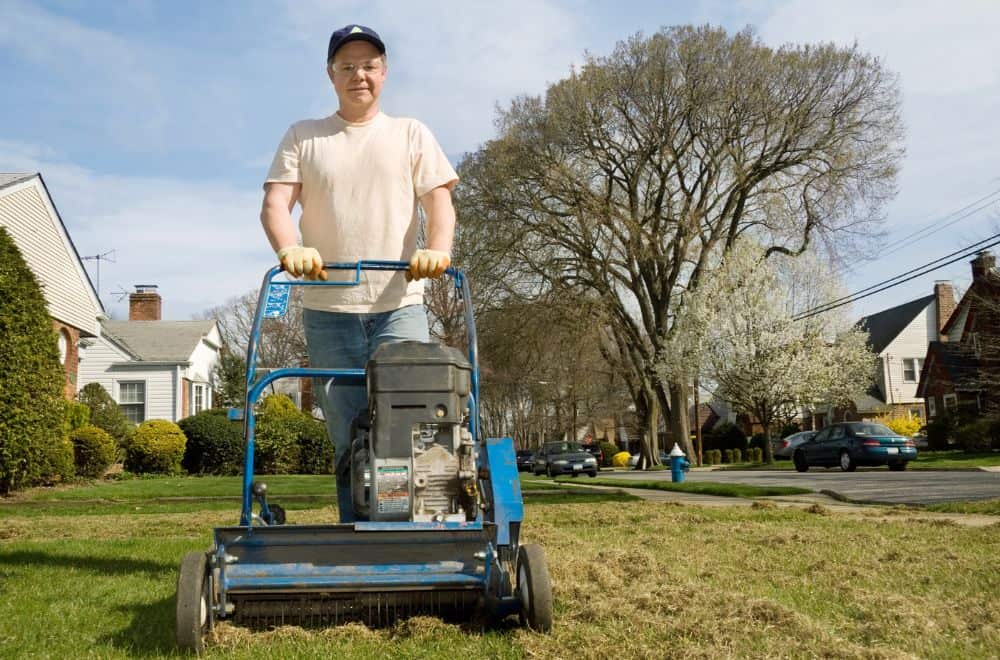
Leave a comment